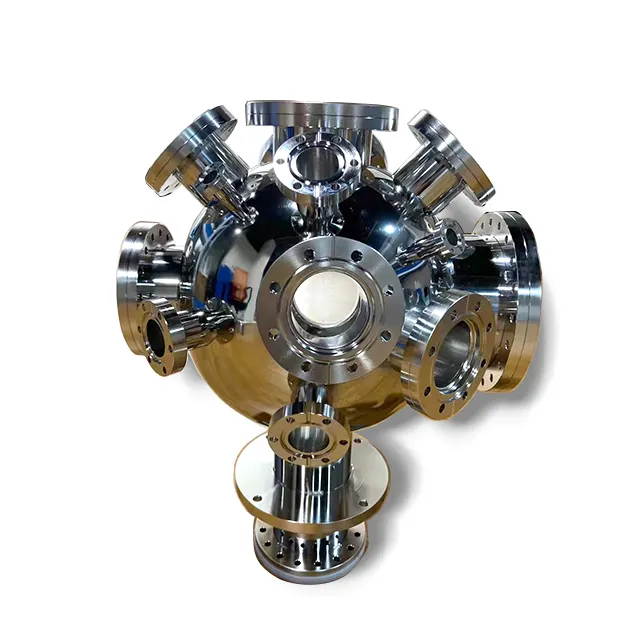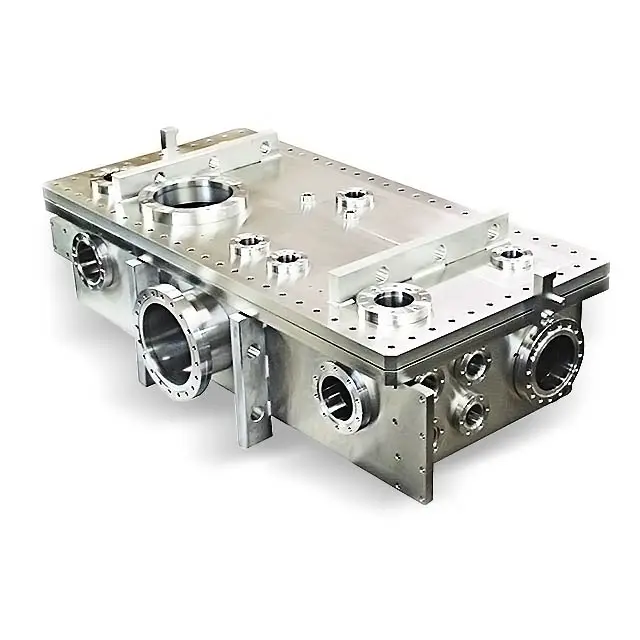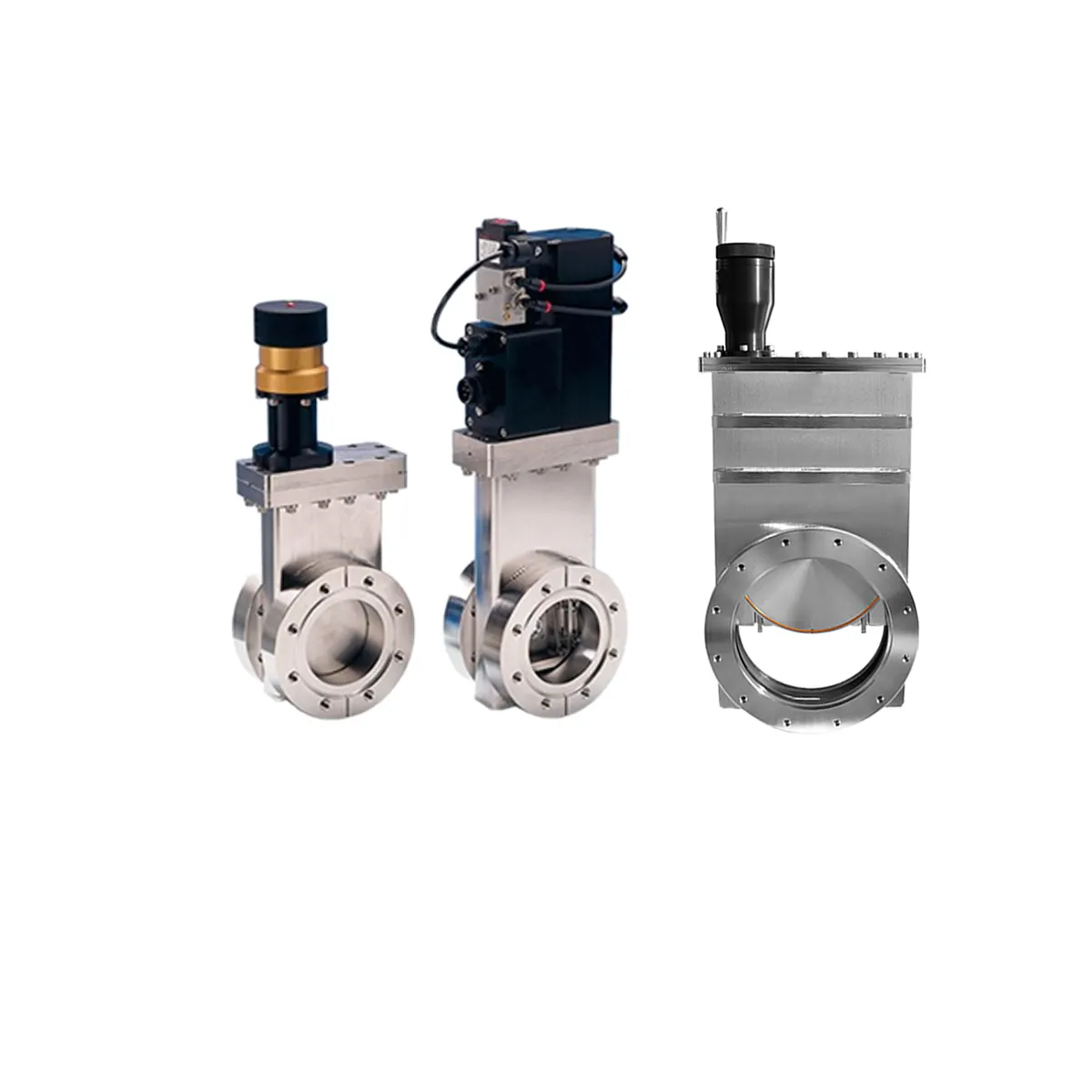vacuum chamber welding
Vacuum chamber welding represents a sophisticated welding technique that occurs within a controlled, airless environment. This advanced process eliminates atmospheric contamination by performing welding operations inside a specially designed chamber from which air has been evacuated. The chamber typically maintains a pressure level of 10-4 to 10-6 torr, creating ideal conditions for high-quality welds. Inside the chamber, welders can utilize various welding methods, including electron beam welding and tungsten inert gas welding, to join materials with exceptional precision. The process is particularly valuable when working with reactive metals such as titanium, zirconium, and specialized aerospace alloys that are sensitive to atmospheric elements. The technology incorporates advanced monitoring systems that control parameters such as pressure levels, temperature, and welding variables in real-time. Modern vacuum chamber welding systems often feature automated controls, digital interfaces, and precise positioning mechanisms to ensure consistent, high-quality results. This method has become indispensable in industries requiring ultra-clean welds, such as semiconductor manufacturing, aerospace components, and medical device fabrication.


